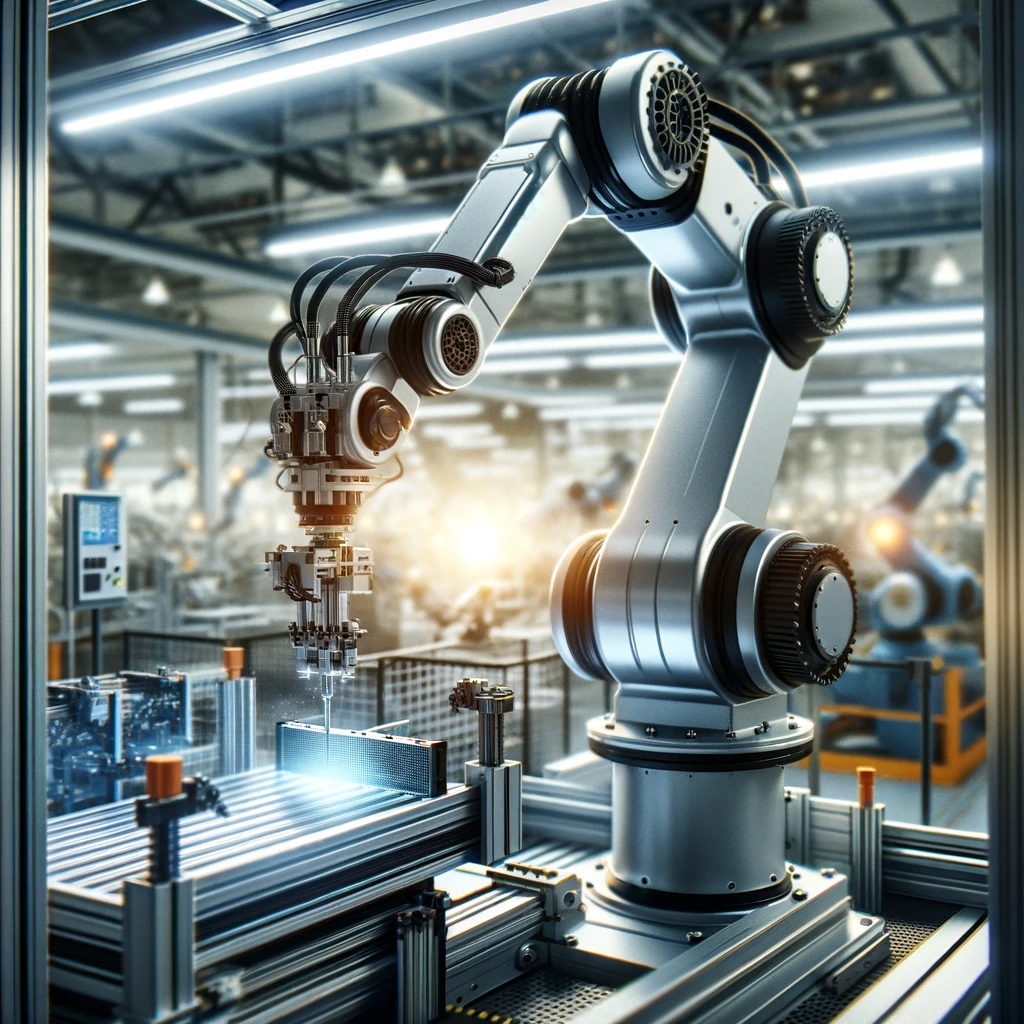We are living in an era where technology has taken over every aspect of our lives. From home automation to industrial automation, every industry is making use of robotics. Robotics is a field that has advanced significantly in recent years, especially with the introduction of artificial intelligence (AI). AI has revolutionized the way robots interact and respond to their environment. In this blog post, we will dive into the world of robotics in AI, and discuss the definition, its modern-day applications, and the impact it has on our society.
Robotics is the study of robots that are machines designed and programmed to perform specific tasks, usually repetitive movements. When we add AI into the mix, these machines can learn and adapt to new situations. This makes them more efficient and better at performing their tasks. AI has allowed robots to become smarter and self-learning, making them an essential part of many industries such as healthcare, manufacturing, and agriculture.
Nowadays, robots are used in various industries with one of the most popular examples being manufacturing. Robots have drastically improved efficiency and productivity in manufacturing industries by taking up dangerous, repetitive, or monotonous tasks, while human workers handle the more intricate or creative aspects of the job. This has been a significant development in industries where employee safety is of utmost importance.
Another area where robotics in AI is seeing significant innovation is healthcare. Robots equipped with AI technology can act as assistants to doctors and nurses by handling routine tasks such as taking the patients’ vitals and reminding patients to take their medication. This plays a critical role in improving healthcare access and affordability as well as reducing the workload of healthcare staff.
In terms of agriculture, farming using robotics has been a growing trend. It involves using robots and drones to monitor crop growth and health, plant or apply fertilizers, and spray herbicides while working 24/7. Robotics in agriculture reduces the chance of human error and ensures maximum crop yield while improving the bottom line of farmers.
Robotics in AI can also lead to innovative solutions that tackle adversity and challenges in society. For instance, the rise of robotic prosthetics can help those with disabilities live a more active lifestyle. In the future, robotics in AI may play an essential role in environmental protection and planetary sustainability initiatives.
Wrapping Up
As technology continues to evolve, we can expect to see further advancements in robotics in AI. Robotics in AI has the power to improve and simplify lives. As it advances, there will be more opportunities to innovate, automate, and create a safer and more sustainable world. While there are genuine concerns over the rise of robotics, the fact remains that they have revolutionized numerous industries, and we can only expect growth in the years to come. We have to understand the potential impact of robotics in AI on society and take necessary measures to make sure it benefits us all in the long run.

Leave a Reply